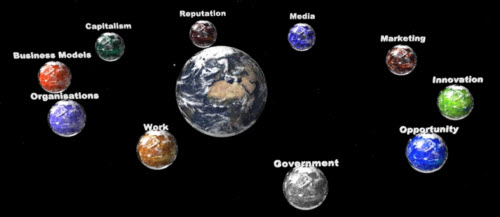The Power of Innovation keynote in Luxembourg
I recently gave the opening keynote at the Golden-i Awards in Luxembourg. Luxembourg for Business has produced a five minute video about the event, including an interview with me and also the organizers talking about my “very inspiring” keynote. Click on the image below to see the video (start from 1:00).
The video provides some more context to my recent post on How Luxembourg is playing to become a technology hub. It was fascinating to see the energy and innovation in this small country in the heart of Western Europe.



